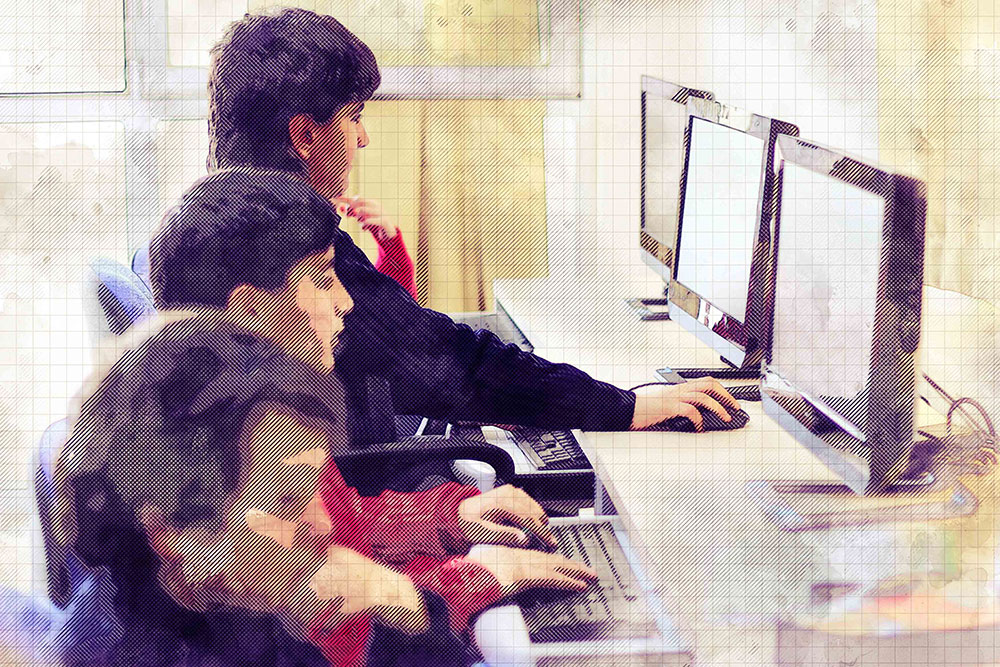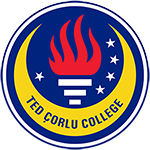 In the information technologies course, it is aimed that students will be able to follow the age closely with their computer literacy and gain the awareness of using information technologies as a tool in every field in daily life.
In the information technologies course, it is aimed that students will be able to follow the age closely with their computer literacy and gain the awareness of using information technologies as a tool in every field in daily life.
The information technology course, which is one class hour per week at all grade levels in secondary school, is also given in our club activities as two hours a week. Lessons are held in our computer lab with internet and smart board systems designed to have a computer for each student. Our students will be able to present their work in robotics-coding lessons on platforms inside and outside the school.
The main objectives of the information technology course;
• Recognizing the hardware and software of the computer,
• Understanding the working logic of computers, machines and robots,
• Learning concepts such as internet security, cyberbullying, information ethics,
• Being an individual that complies with digital citizenship principles, • To be able to use picture, word processing, presentation, spreadsheet programs appropriately,
• Learning the concept of cloud computing and using Google education tools,
• Product development in various programs with a design-oriented approach,
• To gain analytical and algorithmic thinking and problem solving skills, Switching from block-based programming to text-based programming and developing projects,
• Teaching coding with robotic materials and applications according to levels.

